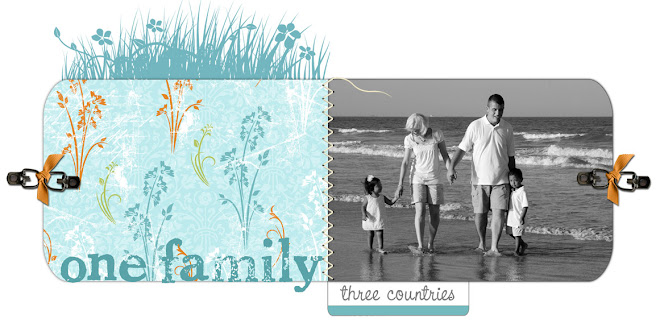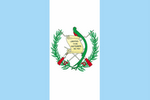UNICEF’s DANGEROUS TRICK-OR-TREAT
This Halloween thousands of American kids will go door to door collecting spare change for the less fortunate children of the world at the same time they collect candy for themselves. For more than 50 years, Trick or Treat for UNICEF has been a popular way to give greater meaning to a holiday whose main purpose is the consumption of refined sugar. But families should consider where Unicef’s money is going, before they take part in this seemingly innocuous fund drive. Unicef is currently working on political campaigns to halt international adoption in Guatemala, a country where some 67% of the indigenous children suffer from chronic malnutrition* and adoption by an overseas family may be the best option for some of them. New laws that Unicef helped introduce could shut down adoptions on Jan. 1, 2008, leaving more than 3,000 Guatemalan children in limbo. These are children who have already been relinquished by their birth mothers, matched with adoptive families in the U.S., and in many cases have met and stayed with those families. The families have already undergone extensive screening. Most critically, these orphans have no permanent homes in Guatemala. They are staying temporarily in foster care while they wait for their adoptions to become complete. Given the country’s very limited orphanage capacity, they could end up homeless. Why would Unicef want to block these children from going to the loving homes that await them? The answer lies in a perhaps well-intentioned but grossly misguided effort to reform Guatemala’s adoption system to make it compliant with the Hague Convention on inter-country adoption. One purpose of the Hague Convention is to require that all possibilities of adoption by a relative of the birth mother or by a local family are exhausted before the orphan is allowed to be adopted by an overseas family. This works better in theory than in practice. When introduced in countries like Guatemala that don’t have the means to absorb all their orphans, this supposed reform virtually closes a country to overseas adoption, leaving more children without homes. If Guatemala suddenly stopped adoptions without a grandfather provision for in-process cases to continue, it would victimize at least 3,000 orphans who have already been assigned to American parents. Unicef has been a driving force for adoption reform in Guatemala and, as a group that provides funds for food, medicine and other humanitarian relief; it has enormous power over Guatemala’s lawmakers. And in recent weeks those lawmakers proposed to stop all adoptions, including cases already in process, apparently with Unicef’s blessing and encouragement. Several press reports recently have described Guatemala’s adoption process as one in which wealthy Americans fly down, pay $30,000 and leave with a baby. This is just not true. Guatemala has extensive safeguards in place to make sure all its adoptions are legitimate. A baby must undergo two separate DNA tests to prove a relationship to the mother relinquishing him or her. The birth mother undergoes extensive interviews with Guatemalan family court social workers to document why the baby is being placed for adoption. This process takes at least six months, meaning that thousands of parents who started their adoptions in good faith under the laws that were in place at the time are now waiting to bring their babies home. Requiring them to start all over again under a new set of laws is not a viable option. It could take years before a new system is finalized. Clearly, international adoption deserves rigorous oversight. And in a perfect world, it might make more sense to place orphans with relatives or neighbors in their home country. But in a perfect world, there would be no orphans in the first place. Guatemala today is a country that simply cannot support all its orphans. It is a country that needs inter-country adoption to provide a better life to at least some of children who have no other options. By Unicef’s own statistics, only 20% of the children living in rural areas complete even a primary school education. By all means, wealthy industrialized nations must provide aid to the poorest countries to help them eliminate poverty and malnutrition so that fewer children are orphaned in the first place. But they also need to recognize that change takes time and that hastily introduced reforms can do more harm than good. This Halloween, American children who really want to help should think of the 3,000 Guatemalan orphans Unicef has turned its back on, and leave their Unicef boxes at home. *Statistic provided by Unicef.com
To sign a petition that endorses a boycott of Unicef Trick or Treat click here.
Friday, October 26, 2007
Unicef's Trick or Treating
Subscribe to:
Post Comments (Atom)










2 comments:
wow, how touching. My heart hurts for the children. I pray that administration in Guatemala will soften their hearts and think of all the children who NEED loving homes.
Thanks for the post!
WOW!! That was the best I have read yet. It is written with facts. I posted on my blog, but truthfully, mine was very full of emotion, not so much facts. Thank you for this post.
I also read that your little ones are hot headed as well. I am glad we aren't the only ones!!
Post a Comment